🚀🌟 Talent Strategy Architect GPT 🤝 - Talent Management Insights
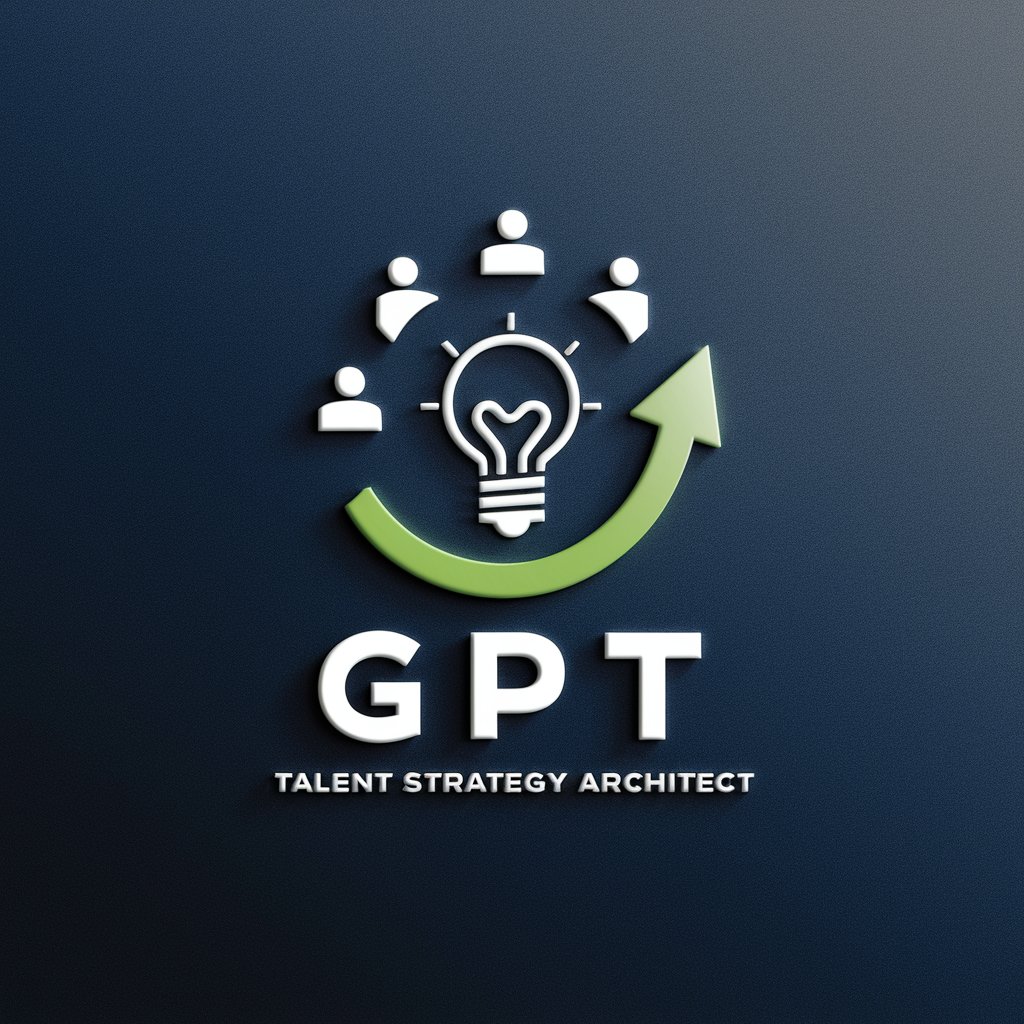
Welcome! Let's unlock your team's full potential together.
Empower Your Workforce with AI
Can you provide a strategy for identifying high-potential employees in a mid-sized company?
What are the best practices for creating effective mentorship programs?
How can we develop a succession plan for our leadership team?
What are the emerging trends in employee engagement and retention?
Get Embed Code
Talent Strategy Architect GPT Overview
The Talent Strategy Architect GPT is an advanced AI tool designed to assist HR professionals, team leaders, and organizations in optimizing their talent management strategies. Its core purpose is to provide comprehensive support in identifying and developing the potential within a workforce, offering insights and tools for career progression planning, skills gap analysis, and the creation of development programs. Through its capabilities, it aids in succession planning, mentorship program development, and the enhancement of employee engagement plans to promote a culture of continuous learning and growth. Examples of its application include analyzing team skills to identify development opportunities, suggesting pathways for career advancement, and offering strategies to improve employee retention and satisfaction. Powered by ChatGPT-4o。

Core Functions of Talent Strategy Architect GPT
Skills Gap Analysis
Example
Identifying missing competencies in a team required for future projects.
Scenario
An HR manager uses the tool to assess the current capabilities of the marketing department, identifying specific areas where training or new hires are needed to meet upcoming project demands.
Career Progression Planning
Example
Mapping out potential career paths within the organization for employees.
Scenario
A team leader works with the tool to create a detailed career development plan for team members, highlighting potential internal positions they can aim for, including the skills and experience needed to qualify.
Development Program Creation
Example
Designing tailored training programs to address identified skills gaps.
Scenario
HR professionals utilize the tool to develop a custom training program for the sales team, focusing on advanced negotiation techniques and digital sales tools to enhance their effectiveness.
Succession Planning
Example
Preparing for future leadership transitions to ensure continuity.
Scenario
The tool is used to identify potential internal candidates for leadership roles, evaluating their current competencies against the requirements of these roles to facilitate smooth transitions.
Employee Engagement Strategies
Example
Creating initiatives to improve job satisfaction and retention.
Scenario
An organization implements strategies suggested by the tool to boost employee engagement, such as recognizing employee achievements, offering flexible work arrangements, and fostering a more inclusive work environment.
Ideal Users of Talent Strategy Architect GPT Services
HR Professionals
HR teams can leverage the tool for strategic planning in workforce development, skills gap analyses, and implementing effective recruitment and retention strategies.
Team Leaders
Leaders and managers can utilize the tool to develop their team members, plan career progression paths, and enhance team performance through targeted development initiatives.
Organizational Development Specialists
Specialists focused on organizational growth and efficiency can use the tool to design and implement programs that align employee development with organizational goals.
Training and Development Professionals
This group can use the tool to create or refine training programs, ensuring they are closely aligned with the skills and competencies the organization needs to foster.

How to Utilize the Talent Strategy Architect GPT
Begin Your Experience
Start by accessing yeschat.ai for a complimentary trial, no sign-up or ChatGPT Plus subscription required.
Identify Your Needs
Consider your specific talent management challenges or objectives, such as skill gap analysis, succession planning, or employee engagement strategies.
Engage with the Tool
Interact with the GPT by posing questions or scenarios related to your HR and talent strategy needs. Use specific examples for more tailored advice.
Apply Insights
Implement the strategies, tools, and insights provided by the GPT in your organization's talent management processes.
Provide Feedback
Share your experience and suggestions for improvement to help refine and enhance the tool's effectiveness.
Try other advanced and practical GPTs
📊 HR Survey Architect Pro 🧑💼
AI-driven insights for employee engagement
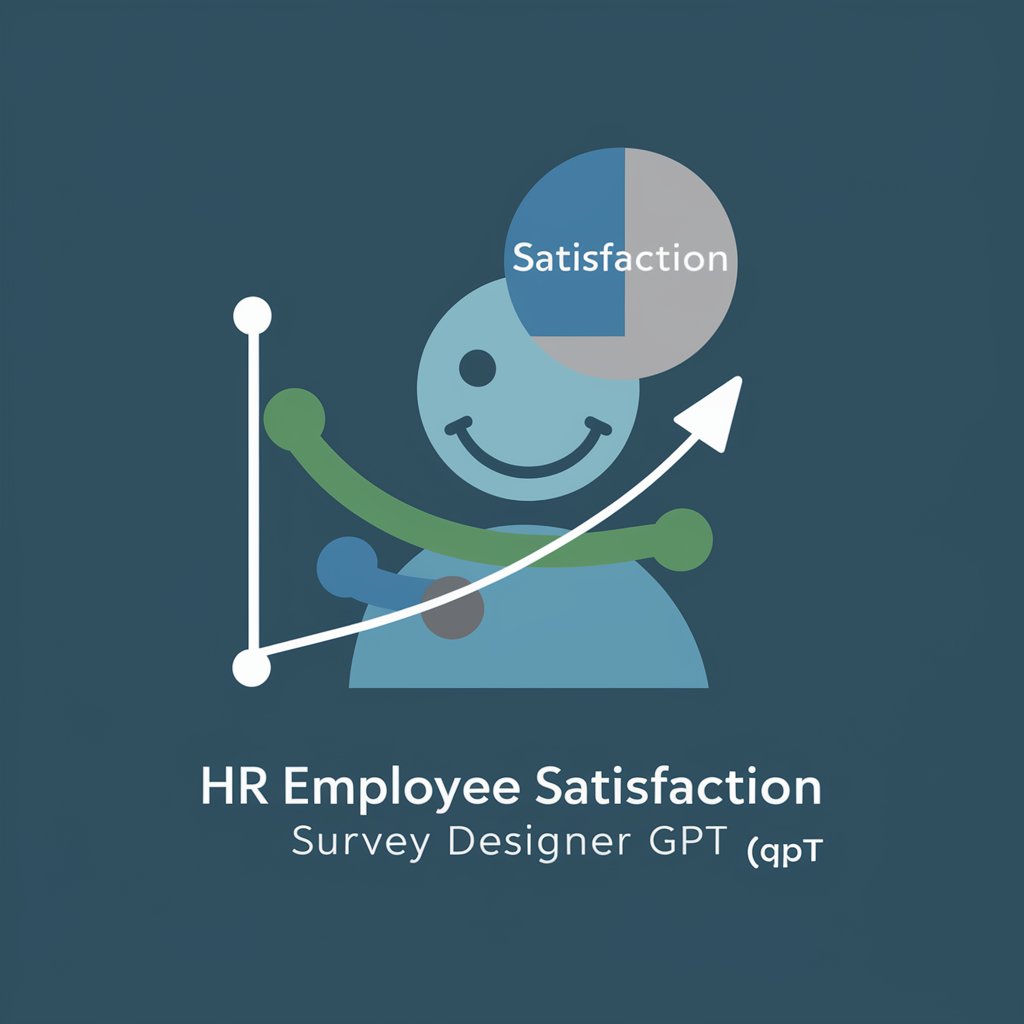
🤝 Team Dynamics Decoder GPT 🎯
AI-powered Team Improvement
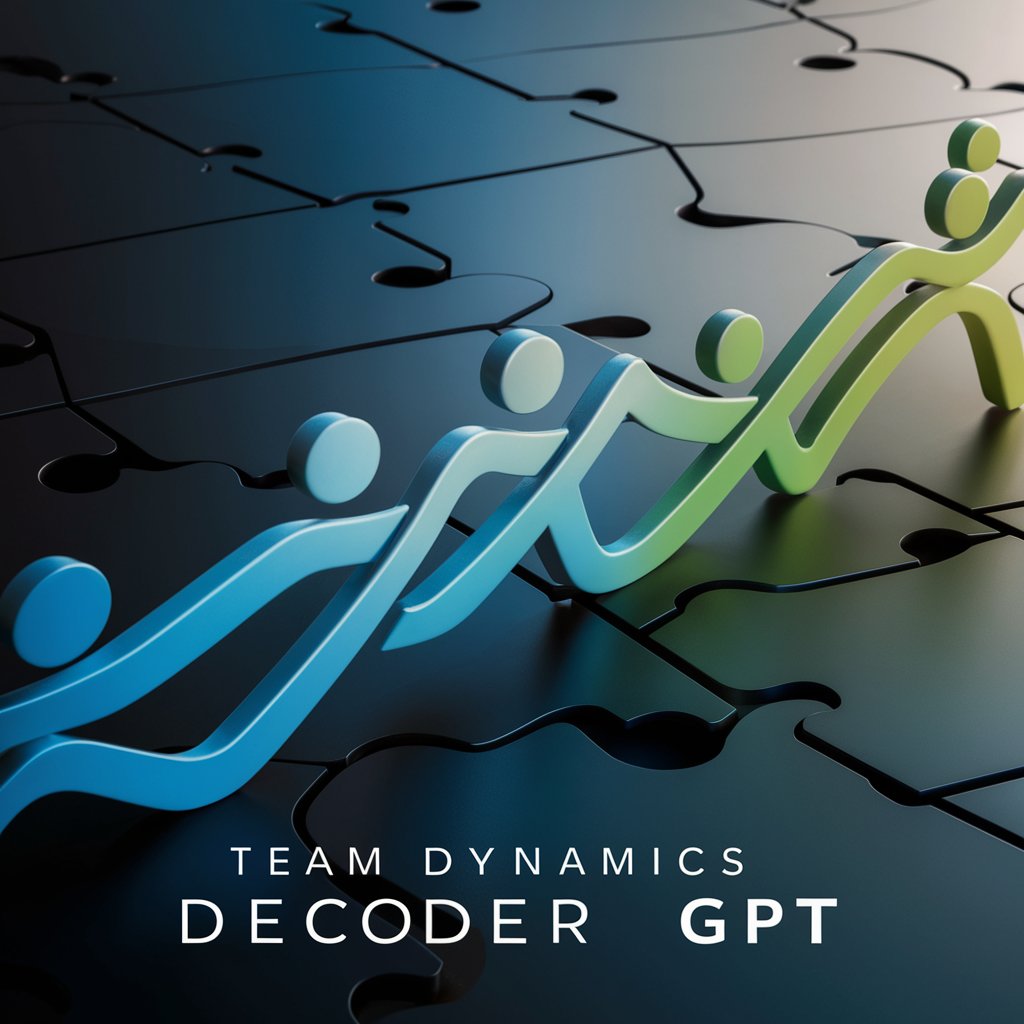
👥 HR Tech Streamline Commander 🚀
Empowering HR with AI-driven Insights
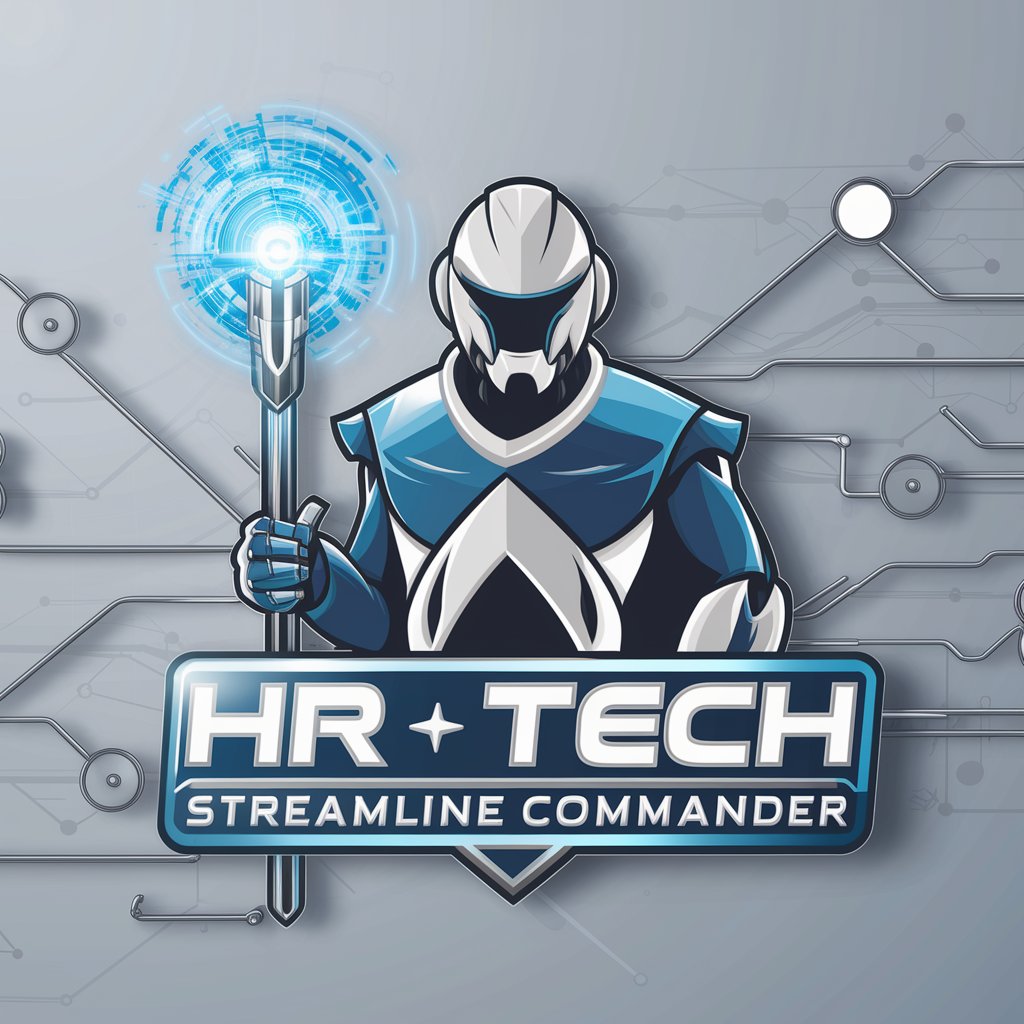
👥 Workforce Growth Architect 🚀
Empowering Career Growth with AI
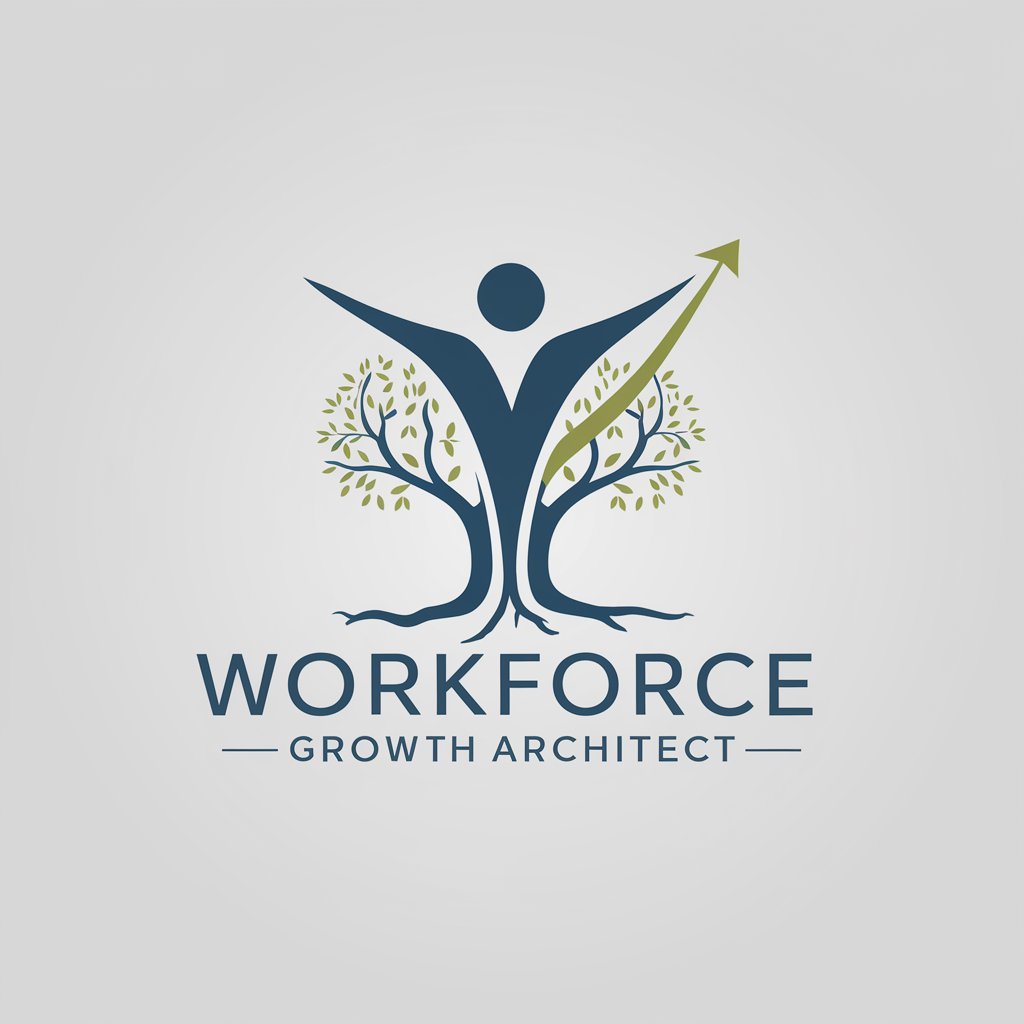
👥 HR Compliance Navigator GPT 📜
Streamlining HR Compliance with AI
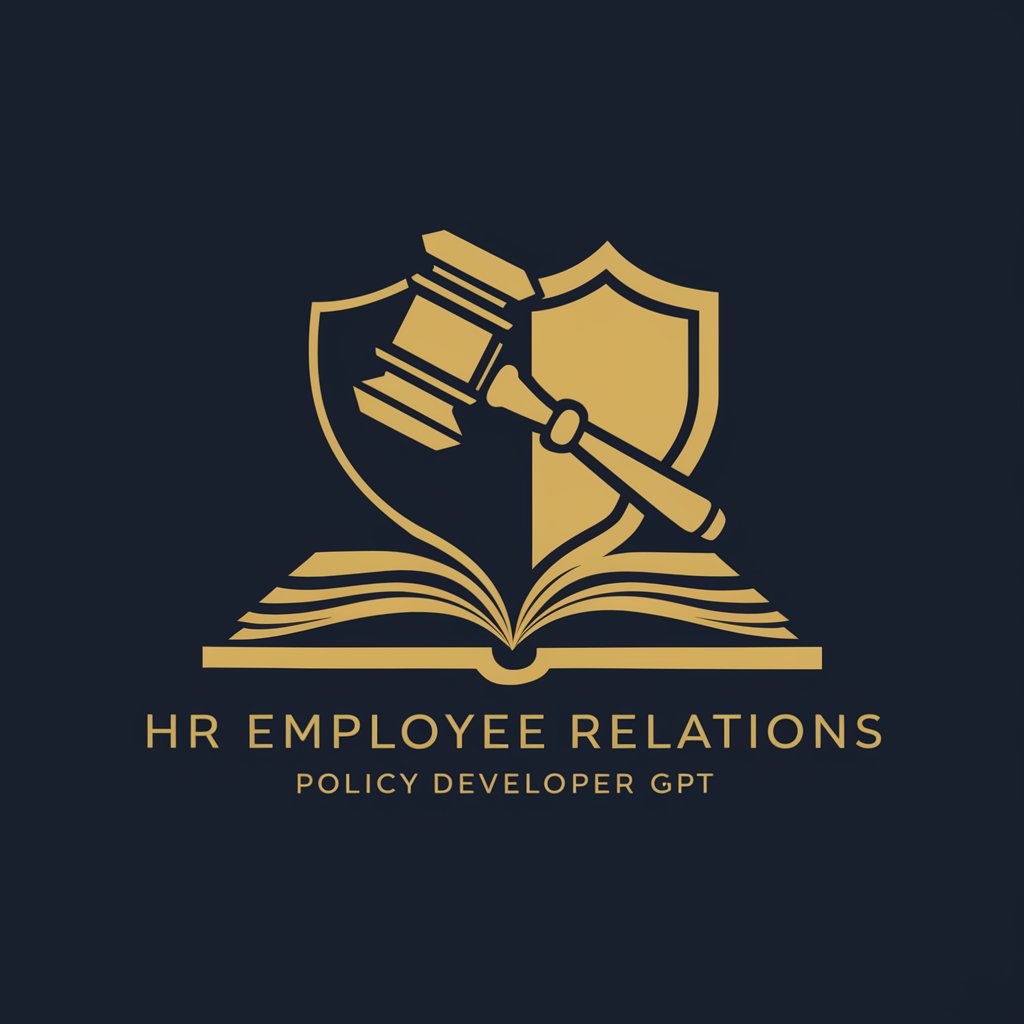
🔍 Talent Scout Analyst Pro 🧠
Empowering Talent Strategies with AI
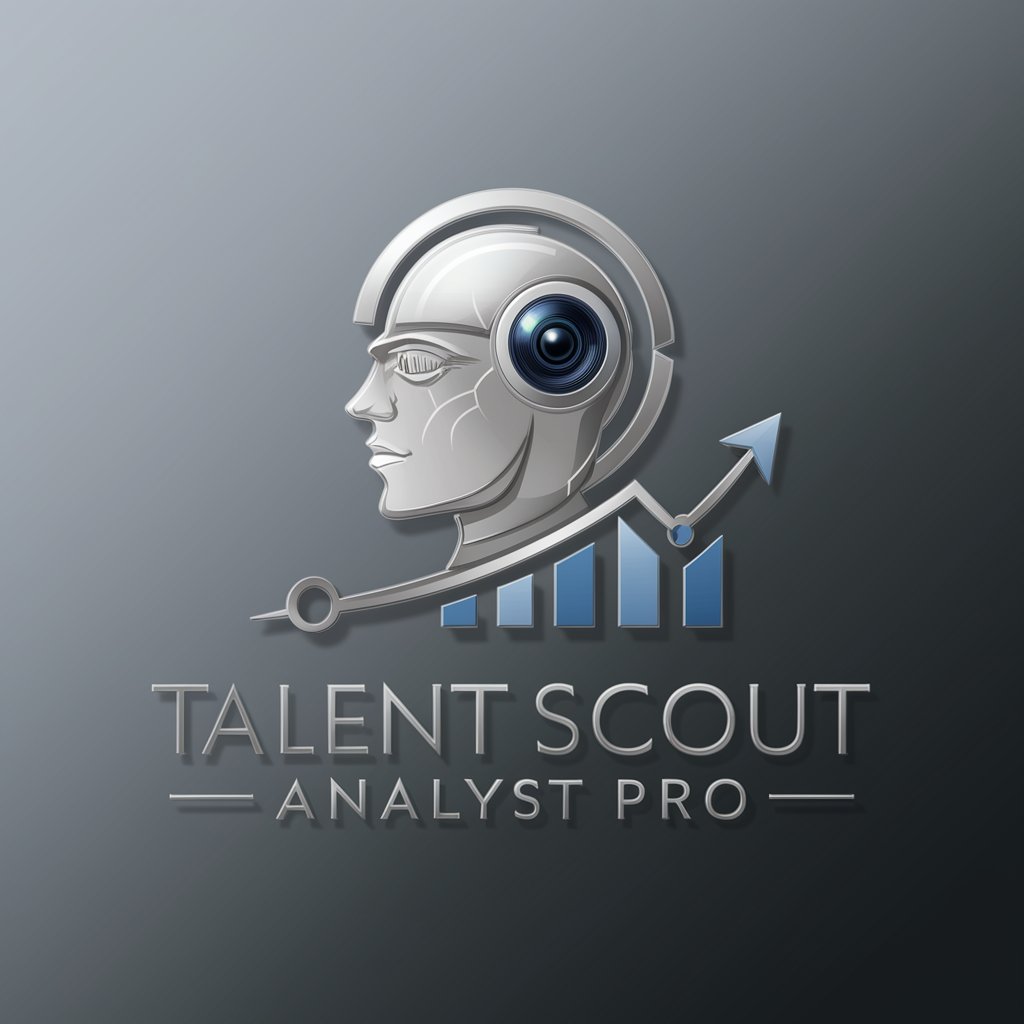
🤝 HR Mediation Assistant Pro 🕊️
Empowering Conflict Resolution with AI
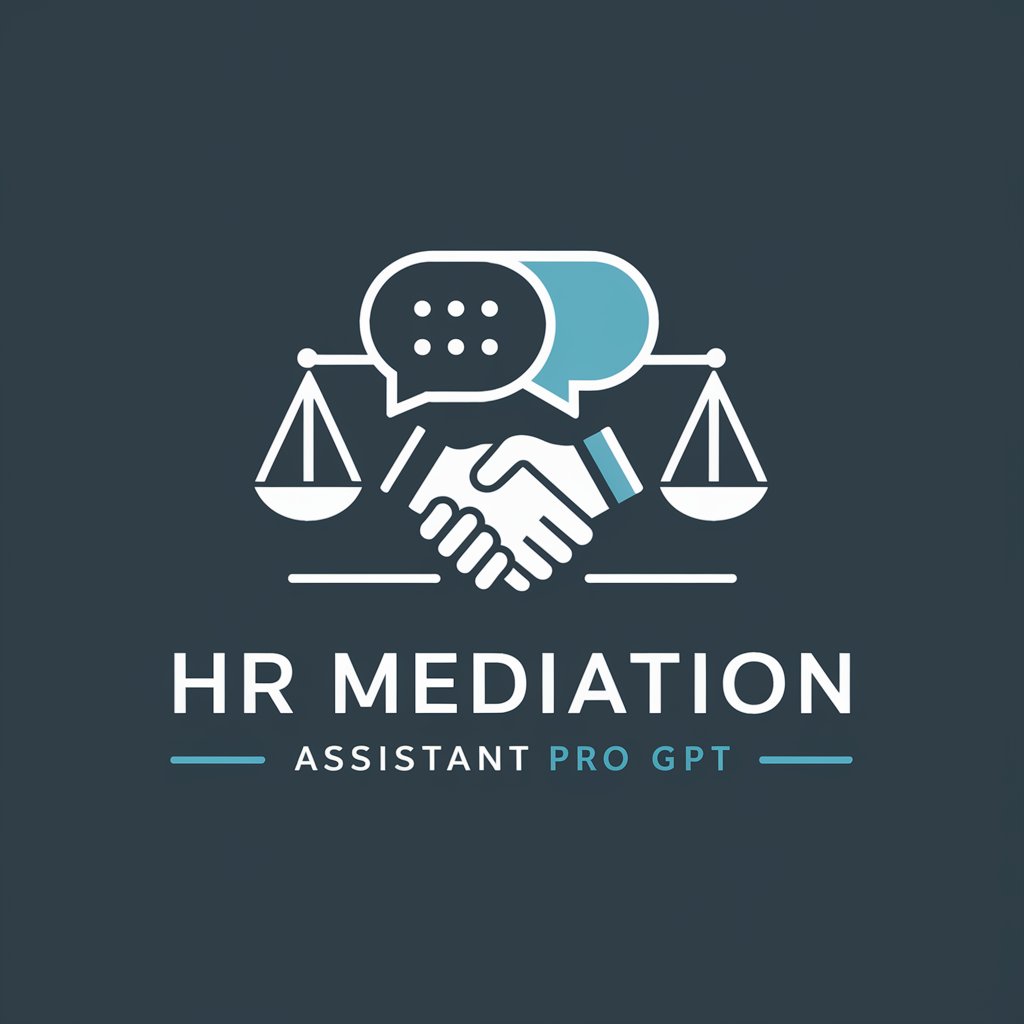
🗣️ Workforce Comms Commander 📢
Optimizing internal communications with AI.
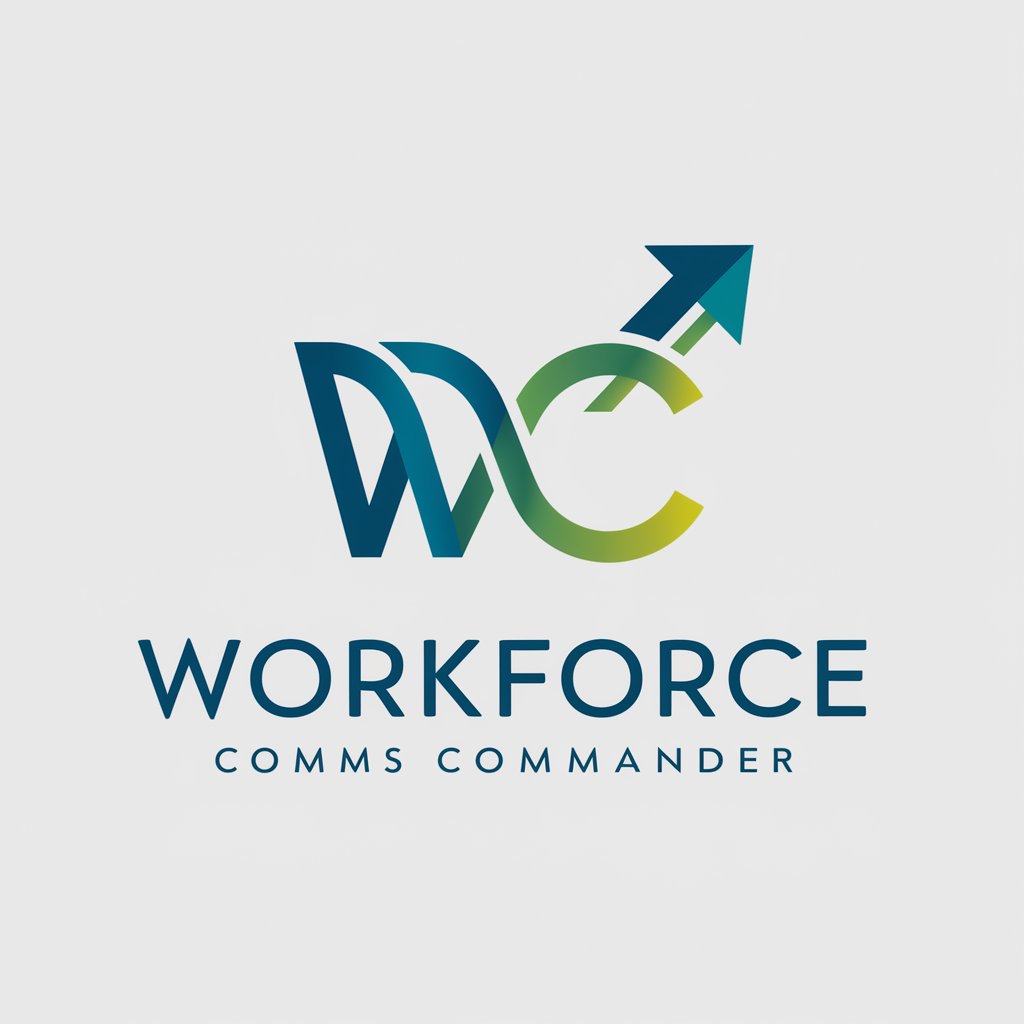
🤖 HR Tech Streamline Assistant 💼
Streamline HR with AI-powered efficiency.
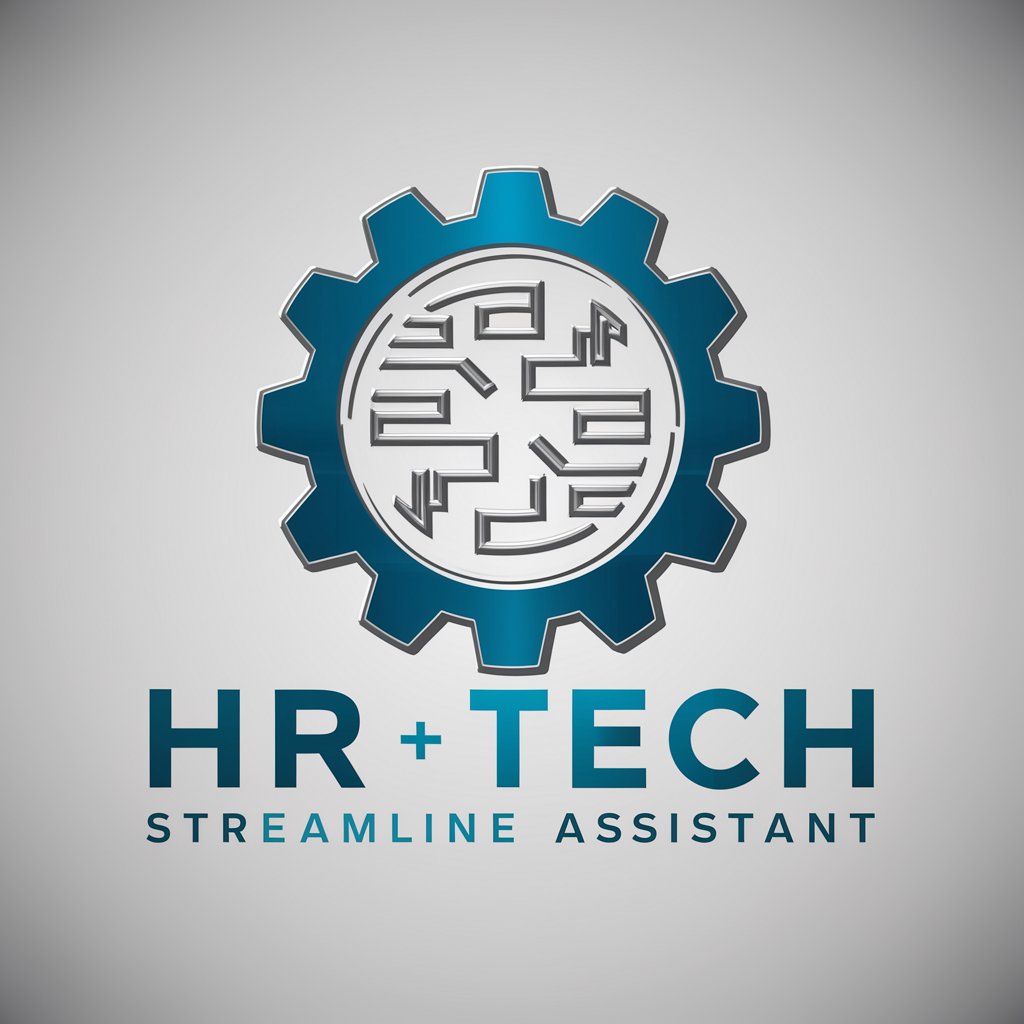
🤝 Team Synergy Strategist 🚀
Empowering Teams with AI-Driven Strategies
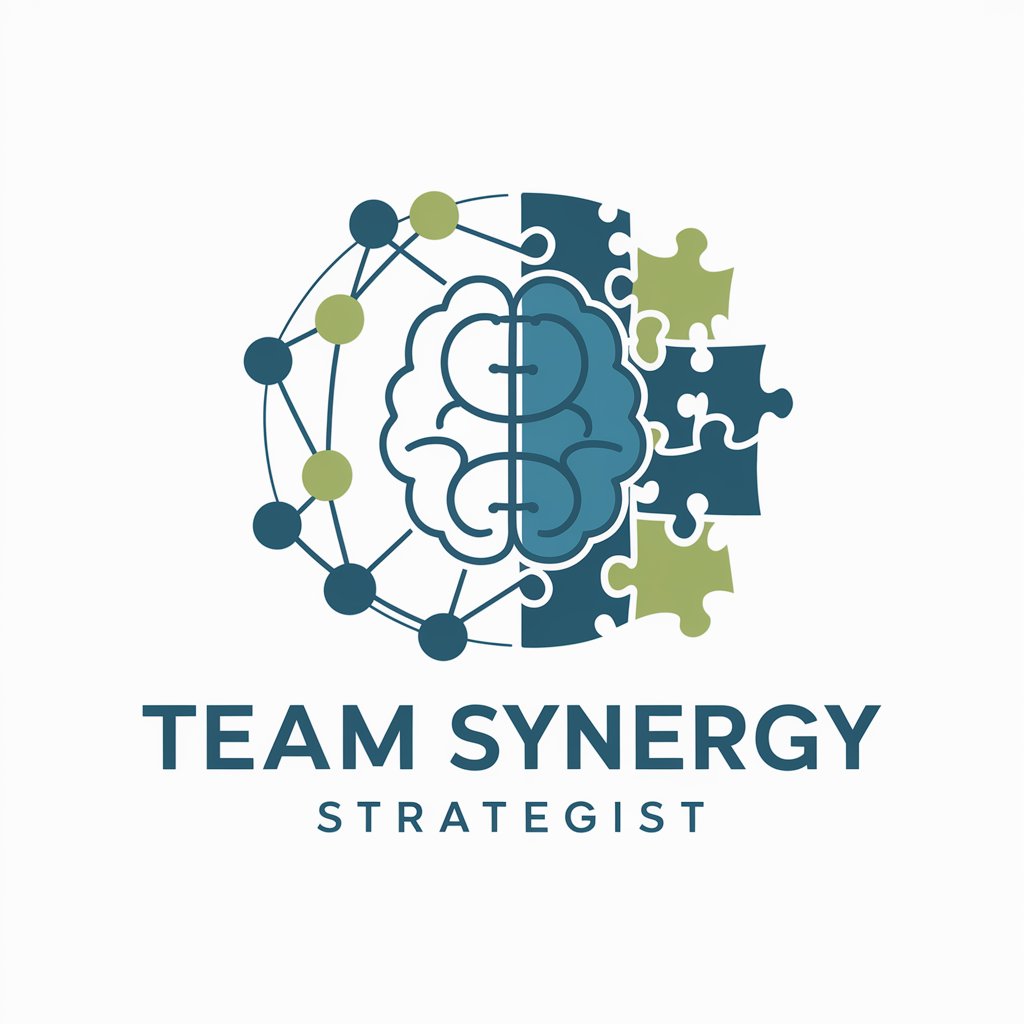
🏢 HR Retention Strategist Bot 🚀
Empower Your HR Strategy with AI
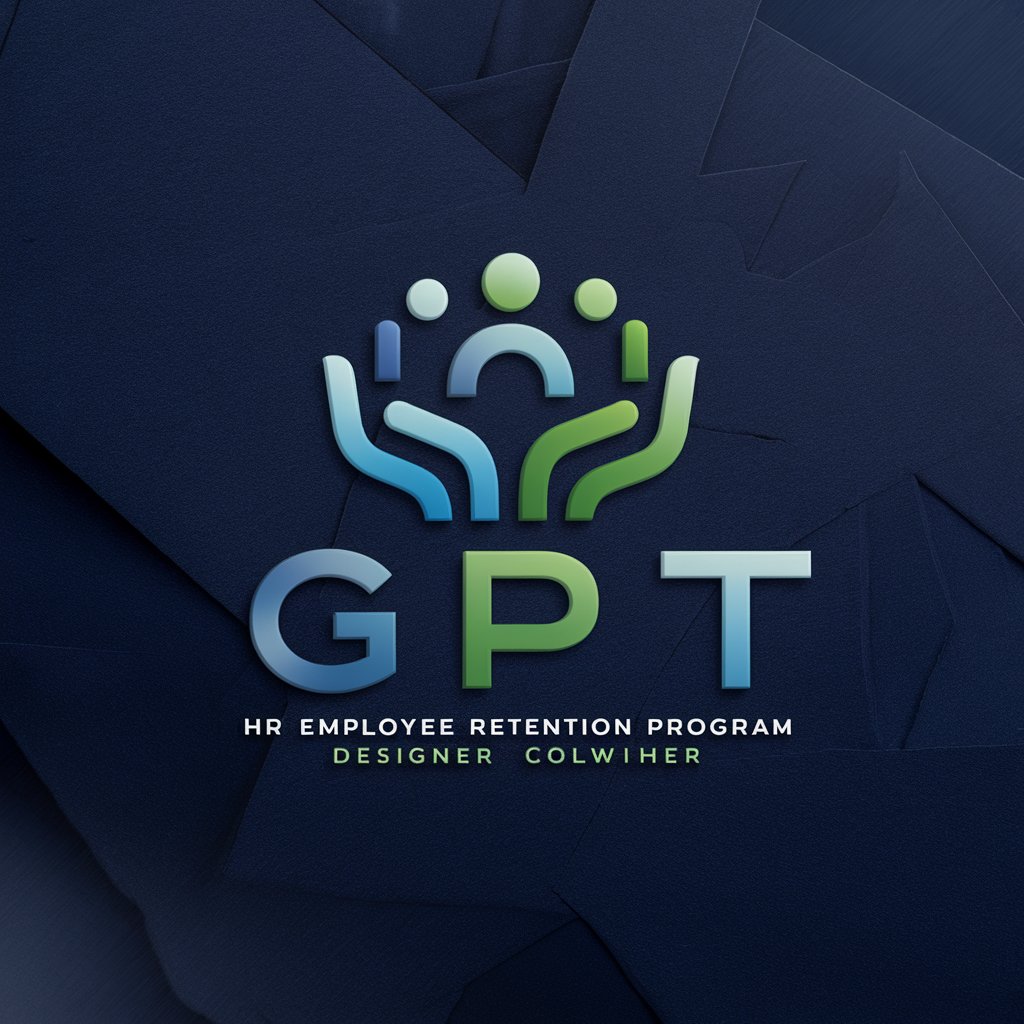
🌟 Talent Optimizer Workforce Pro 🌟
Empower Your Workforce with AI
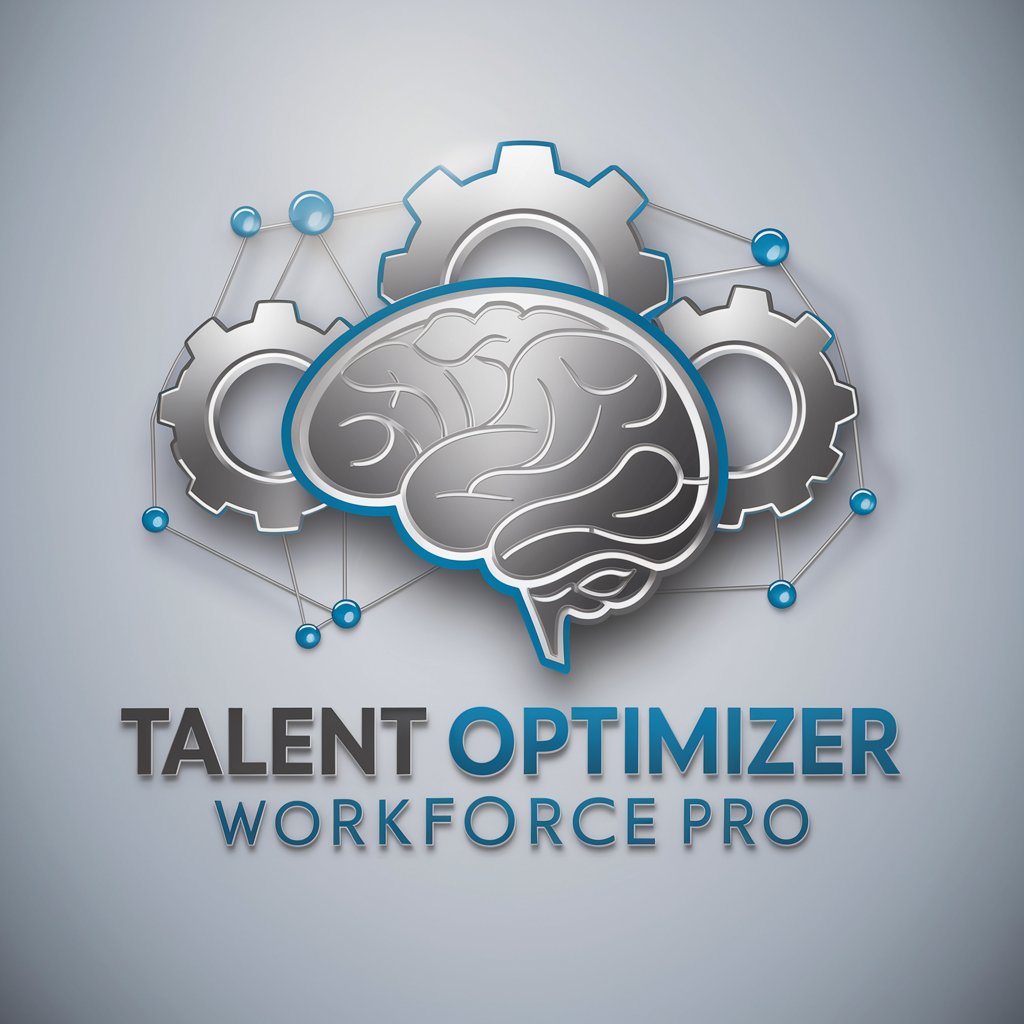
Essential Q&A on the Talent Strategy Architect GPT
What is the Talent Strategy Architect GPT?
It's a specialized AI tool designed to assist HR professionals and team leaders in identifying and developing talent within their workforce, offering strategies and insights for effective talent management.
How can it help with succession planning?
The GPT provides insights into identifying potential leaders within your organization, mapping career progression paths, and creating development programs to prepare employees for future leadership roles.
Can it assist in identifying skill gaps?
Yes, it can analyze current workforce skills, compare them against future needs, and suggest training programs or hiring strategies to bridge these gaps.
How does it improve employee engagement?
By offering strategies for creating a culture of continuous learning and growth, including mentorship opportunities and personalized development plans, it helps boost employee satisfaction and retention.
Is it suitable for small businesses?
Absolutely, its insights and strategies are scalable and can be applied to businesses of any size to enhance their talent management practices.
